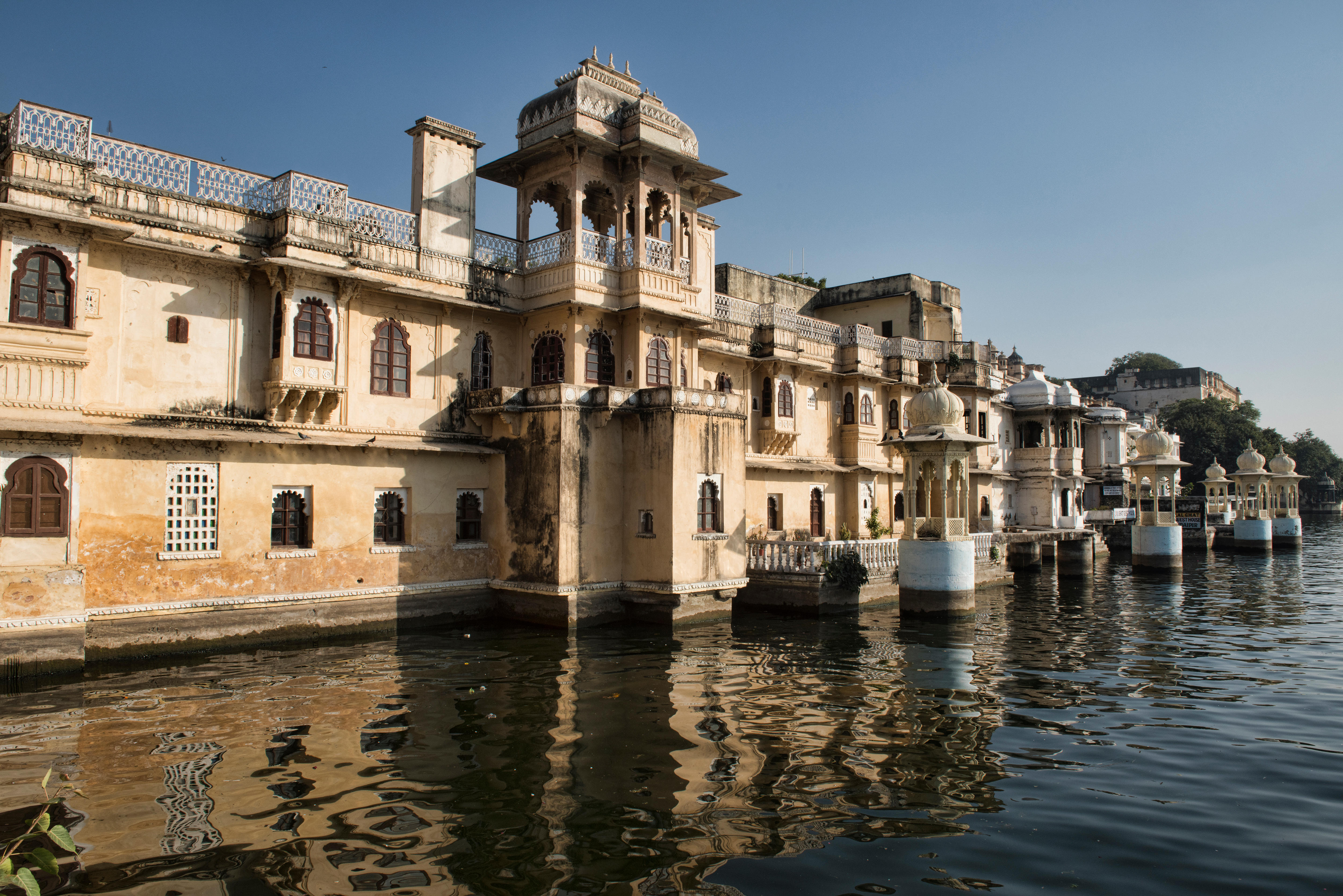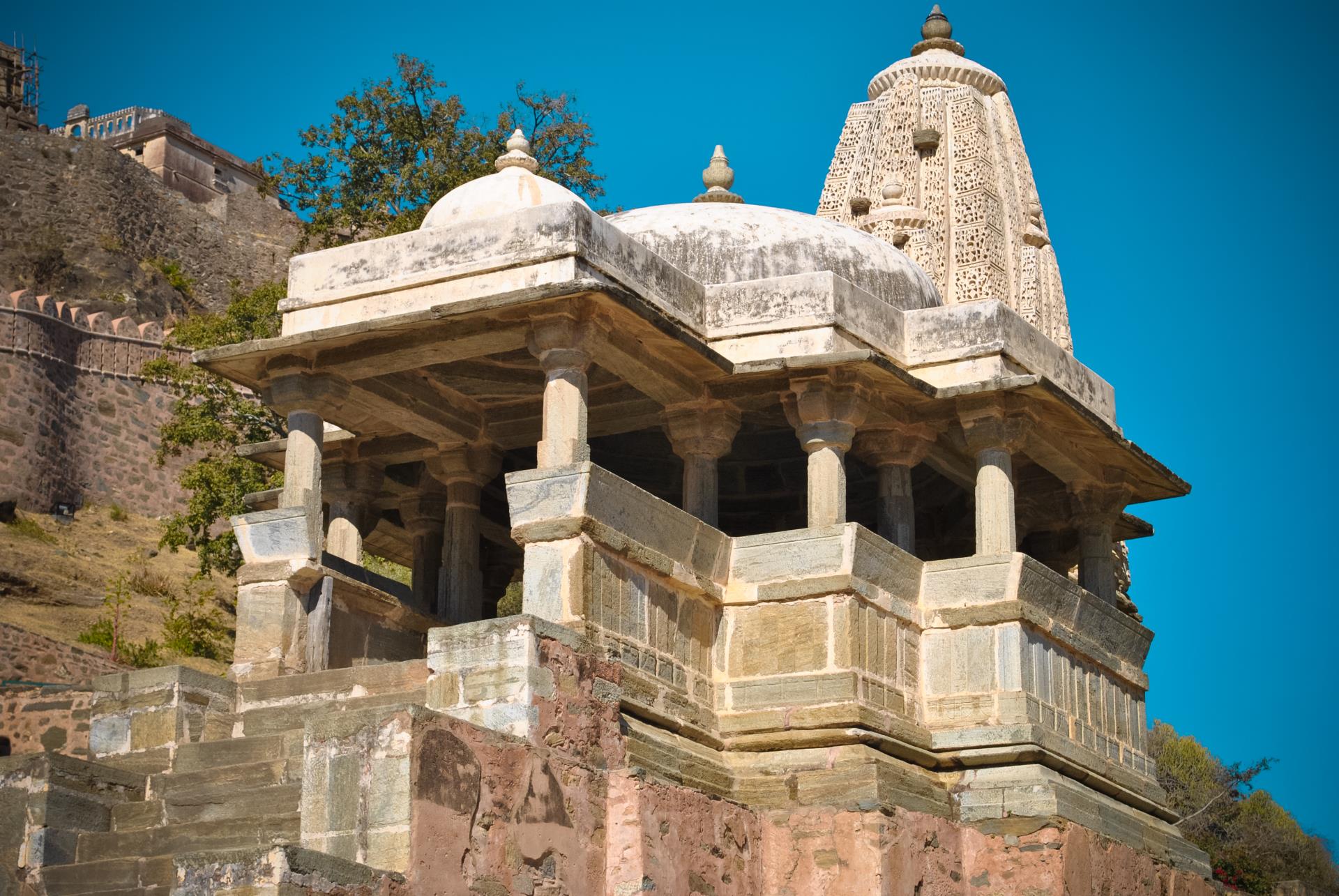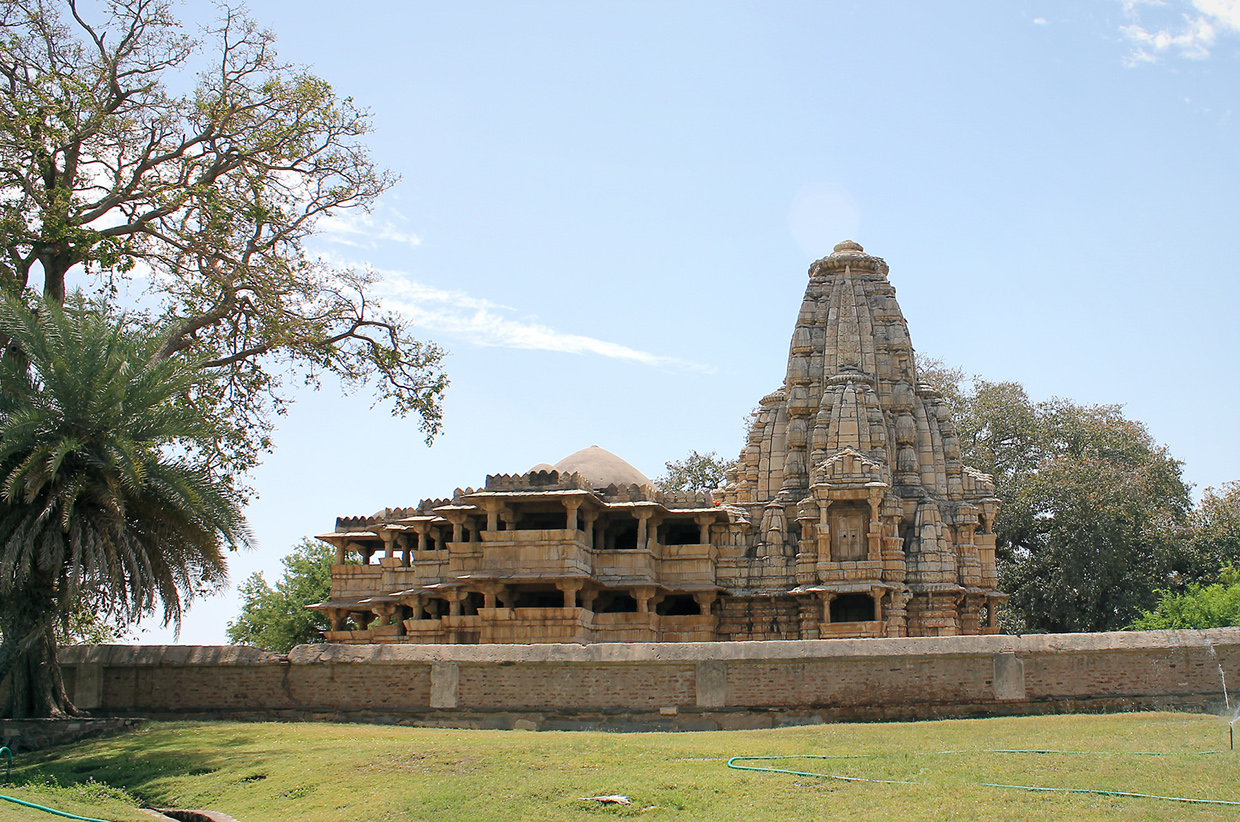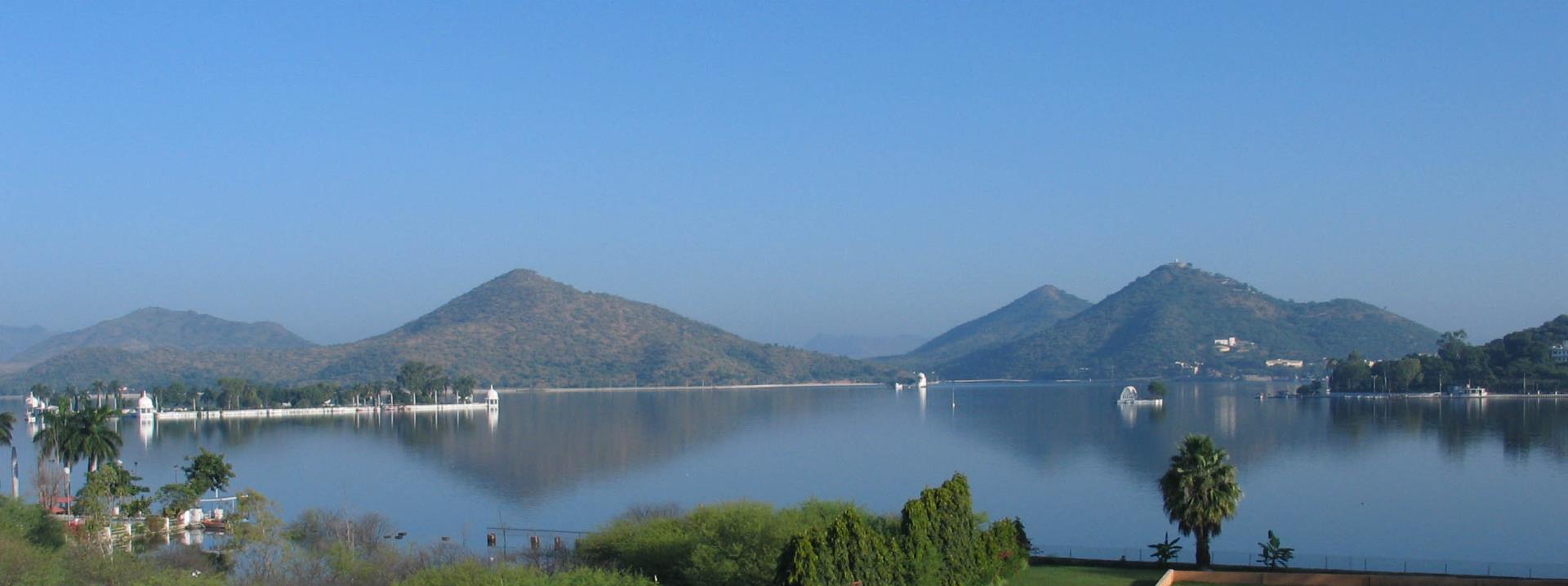
Sorry, we couldn't find anything that matches your search.
Destination

Famous Places to Explore in Hyderabad
A vibrant city with the imposing...

Raipur Tourist Places | Best Place to Visit
The stronghold of several erstwhile...

Ahmedabad
Declared as India's first UNESCO World...
#
Rising from the bank of Lake Pichola, the imposing City Palace is a grand icon of Udaipur's and Rajasthan's royal past. A must-visit destination for anyone who comes to Udaipur, City Palace is the largest palace in Rajasthan.
With a facade that is 244 m long and 30.4 m high, the palace complex has 11 smaller palaces. Construction of the palace was started in 1599 by Maharana Udai Singh II, the city’s founder, and was extended by his successsors. Though today, it seems uniform, like the brainchild of one man. It includes two luxurious palace hotels, a school and the popular City Palace Museum. With ornate towers, cupolas, arched doorways and protruding balconies, the City Palace is an architectural marvel and represents an exquisite blend of Rajasthani, Mughal, European and oriental architecture styles.
It has a maze of courtyards, pavilions, terraces, corridors, rooms and hanging gardens. Encircled by fortifications, this stately palace is built in granite and marble. The massive gates of the palace are known as ‘pols’ with Bara Pol being the main gate, which leads to the first courtyard. On passing Bara Pol, one comes across a triple arched gate, known as Tripolia. Between these two gates, one can see eight marble arches or 'toranas', where its is said kings used to weigh themselves with gold and silver. Next to Tripolia is an arena where elephant fights were staged. Across Tripolia, is the Elephant Gate or the Hathi Pol. In 1974, a large part of the City Palace was turned into a museum, known as the City palace Museum. You can still marvel at the royal family's horses at the stables next to the museum. Inside the museum, first comes Rai Angan, where it is said king Udai Singh met a sage who asked him to build the city.
Its walls are lined with rare paintings. Next comes Bada Mahal is the exotic garden palace that stands a 90-feet-high natural rock formation. Inside, there is an enviable collection of rare paintings, antique furniture and exquisite glass mirror and ornamental tile-works. Manak Mahal has an exquisite collection of crystal and porcelain figures, while Bhim Vilas flaunts a fabulous collection of miniature paintings depicting the real life stories of Radha-Krishna. Krishna Vilas is known for miniature paintings portraying royal processions, festivals and games of the queens. Moti Mahal is celebrated for its lavish decor while Sheesh Mahal is known for its breathtaking mirror work. Chinese and Dutch ornamental tiles can be seen at Chini Chitrashala and Dilkusha Mahal is known for murals and wall paintings. The Zenana Mahal’s central courtyard, Laxmi Vilas Chowk, contains a beautiful white pavilion and a stable of howdahs, palanquins and other people-carriers. Another must-see place here is the Durbar Hall, with some of most impressive chandeliers. The walls display weapons and portraits of former kings of Mewar. The foundation stone of this hall was laid in 1909 by Lord Minto, the viceroy of India, during the reign of Maharana Fateh Singh. The hall is inside the Crystal Gallery. Amar Vilas is the highest point of the palace with wonderful hanging gardens with fountains, towers and terraces, offering one of the most magical views of Lake Pichola. The City Palace is constructed in such a way that the lake can be viewed from any of its balconies, cupolas and towers. While, from the outside, it may appear to be almost nondescript, one has to step inside to appreciate its artistic heritage. Such is its splendour that it's not rare for visitors to lose themselves amidst the delicate mirror-work, marble work, murals, wall paintings, silver work, inlay work and coloured glass!








